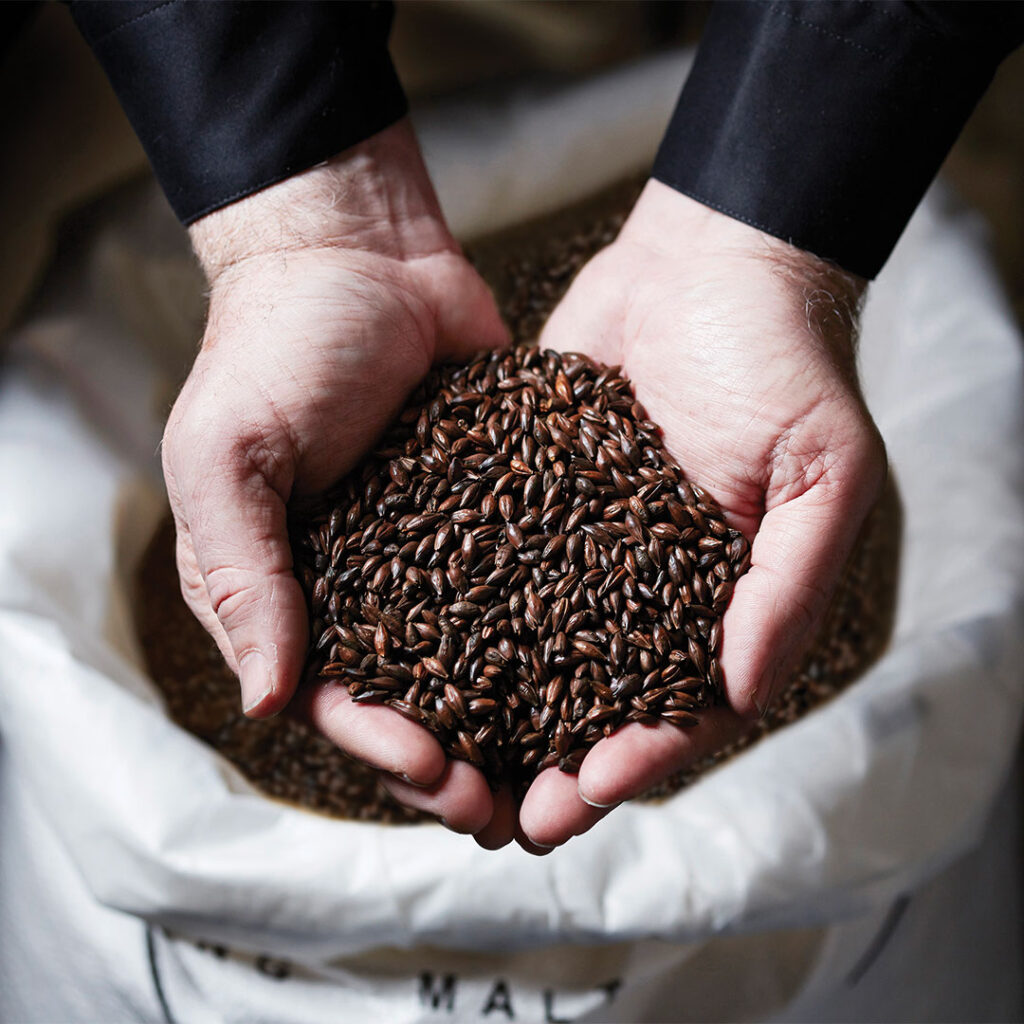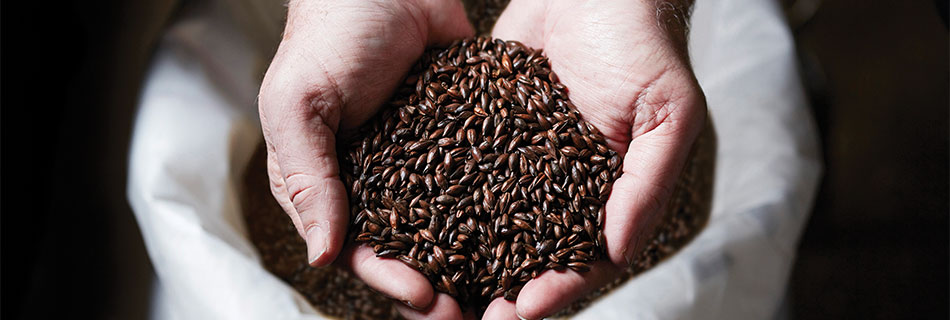It remains unclear when rotating drum roasting became popular among specialty maltsters. However, today it is the most widely used and safest method for producing caramelised and roasted malt and cereals.

The evolution of roasted malt
In the past, maltsters roasted grain in partially open spheres over direct flames. This method posed a constant fire risk and made it difficult to achieve consistent malt quality. Consequently, the use of roasted malts remained limited for a long time.
However, the growing popularity of Trappist beers, high-density coloured ales, and later craft beers in the 20th century increased demand for specialty malts. As a result, modern maltsters turned to drum roasters, which provided greater control over temperature, caramelisation, and colour development.
Today, drum roasters serve two key purposes in malt production: caramelisation and roasting.
The ideal caramelisation method
Caramel malts start as germinated cereals. Instead of drying green malt in a kiln, maltsters transfer it to a rotating drum roaster. By sealing the drum airtight, they create ideal conditions for enzymatic activity.
As the temperature rises to 65–75°C, α- and β-amylases break down starches (amylose and amylopectin) into maltose. Because the drum ensures even heat distribution, saccharification completes within 30 minutes – a process that static kilns cannot match.
During this stage, the kernel’s interior liquefies before drying begins. As moisture drops from 45% to 10%, temperatures increase, triggering caramelisation. At 110°C, sugars start breaking down into complex molecules, producing rich caramel and toffee flavours.
At higher temperatures, Maillard reactions and sugar degradation intensify. Depending on the roasting temperature (up to 165°C), maltsters create a variety of caramel malts, from light (20 EBC) to dark aromatic (400 EBC). Unlike chemically treated caramel, malt-derived caramel contains no ammonia or acids, making it a preferred choice in both brewing and baking.
The perfect tool for roasted malt
Drum roasting also transforms crude cereals or finished malts through high-temperature heating (up to 235°C). Unlike caramel malts, which contain sugars, these grains consist mostly of starch. Consequently, the roasting process relies solely on Maillard reactions, minimising the risk of burning the endosperm.
As the temperature rises, flavours evolve from biscuit-like to chocolatey and finally to astringent burnt. In brewing, maltsters primarily use:
- Low-colour malts (up to 100 EBC), such as Biscuit malt, which enhances flavour without excessive colour.
- High-colour malts (700–1500 EBC), including coffee, chocolate, and black malts, which contribute deep roasted flavours.
Meanwhile, malts within the 200–500 EBC range play a different role. Instead of brewing, bakers use them to colour wheat flour for various types of bread.
Conclusion
The drum roaster revolutionised malt production by providing precise control over caramelised and roasted malt. Thanks to this technology, brewers and bakers alike can craft richer flavours, deeper colours, and more consistent products.


